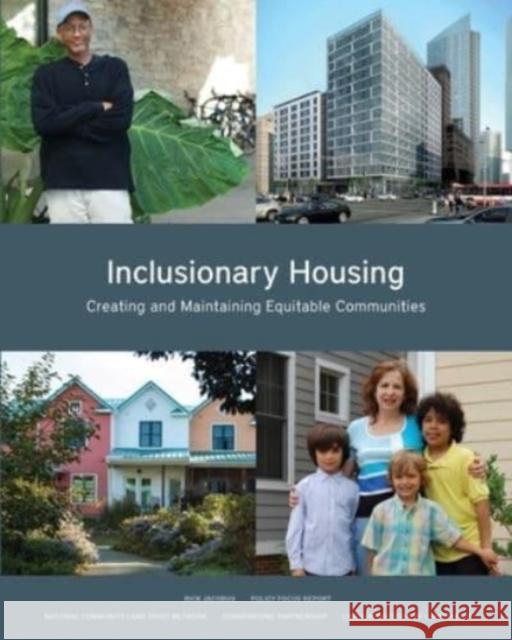Inclusionary Housing: Creating and Maintaining Equitable Communities » książka
Inclusionary Housing: Creating and Maintaining Equitable Communities
ISBN-13: 9781558443303 / Angielski / Miękka / 2015 / 64 str.
,
Roughly 500 communities in the United States have developed inclusionary housing policies, which require developers of new market-rate real estate to provide some units that are affordable to low- and moderate-income residents. For cities struggling to maintain economic integration, inclusionary housing is one of the most promising strategies available to ensure that the benefits of development are shared widely. However, policies must be designed with care to suit local conditions and guarantee that requirements do not overburden development. Through a review of the literature and case studies, this report details how local governments are realizing the potential of inclusionary housing by building public support, using data to inform program design, establishing reasonable expectations for developers, and ensuring long-term program quality.
Inclusionary housing is likely to play a more significant role in our national housing strategy in the coming decade. Faced with declining federal and state resources for affordable housing and growing populations, communities need to take full advantage of every potential tool. The evidence summarized here suggests that inclusionary housing programs produce a modest yet steady supply of new affordable housing resources. Because programs generally preserve long-term affordability, the pool of local inclusionary units can grow steadily into a significant share of an area s housing stock.
As importantly, the data suggests that inclusionary housing is one of the few proven strategies for locating affordable housing in asset-rich neighborhoods where residents are likely to benefit from access to quality schools, public services, and better jobs. Increasingly, communities across the country are investing in the creation of new transit-oriented urban neighborhoods, and inclusionary housing policies are one of the only ways to ensure that these places develop in an equitable manner. Ultimately, equitable development benefits not only lower-income households; integrated, inclusive, and diverse communities enhance the lives and outcomes of all residents.,
,
"











